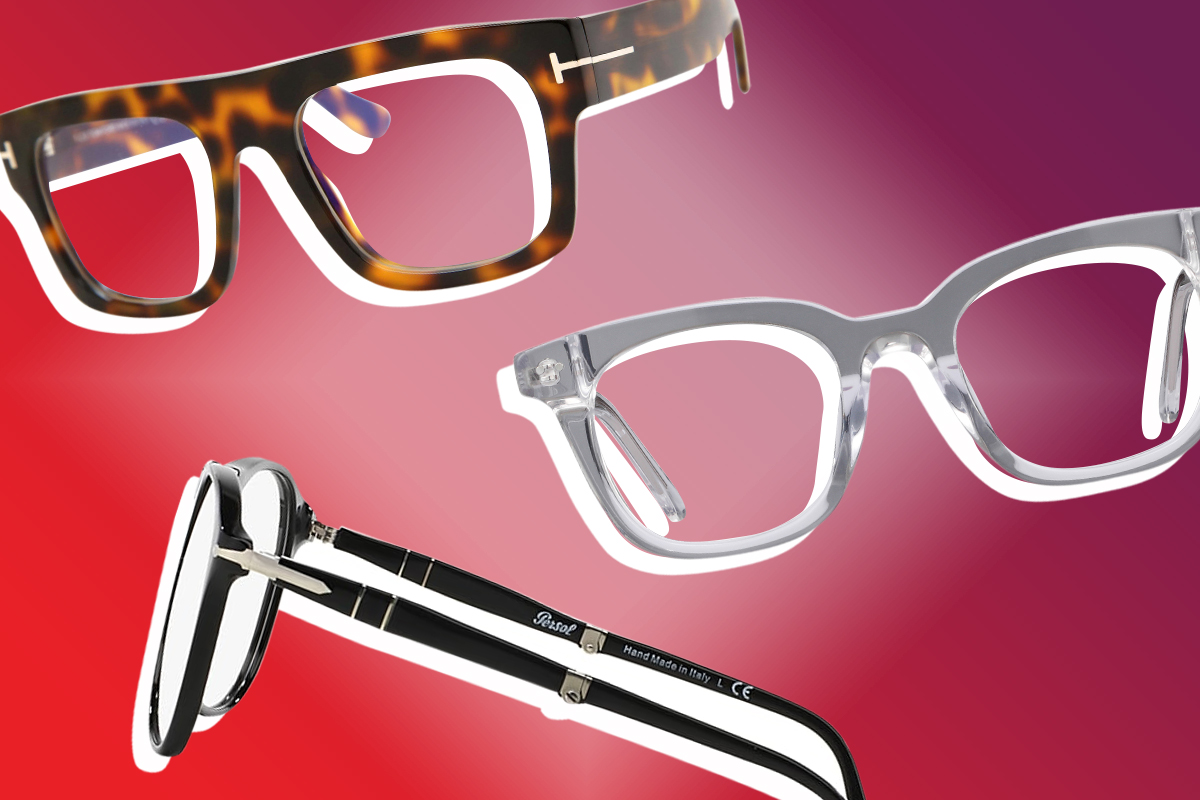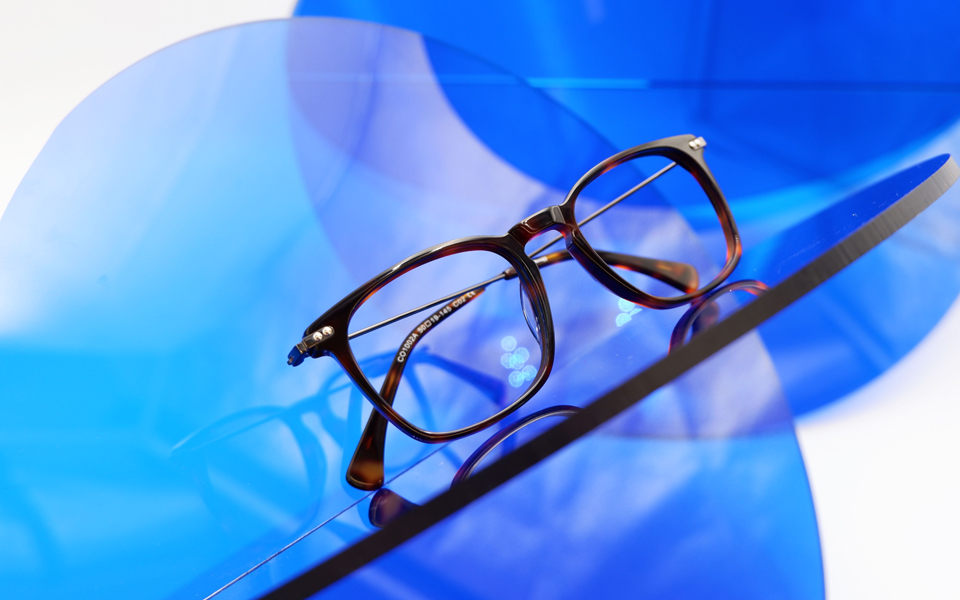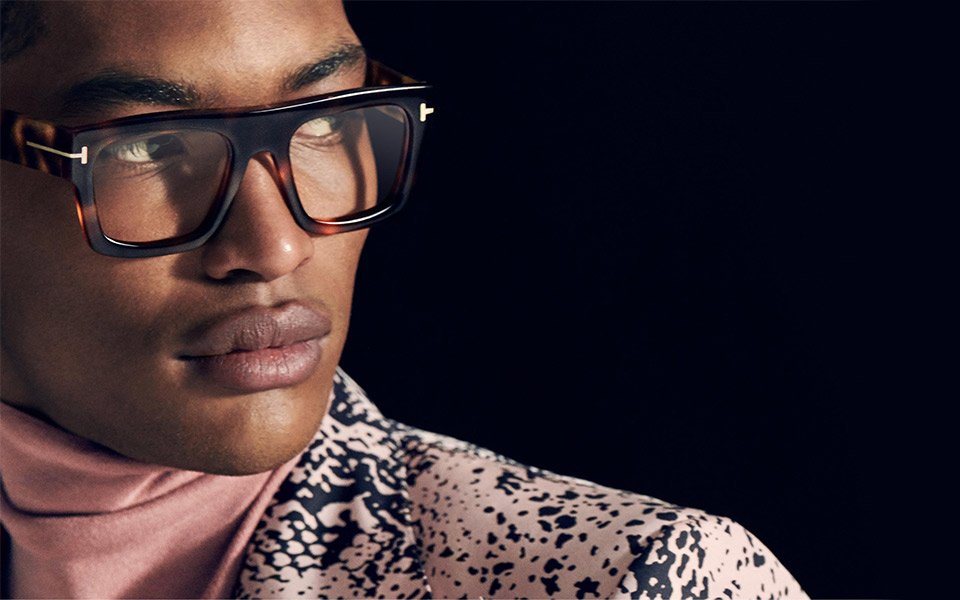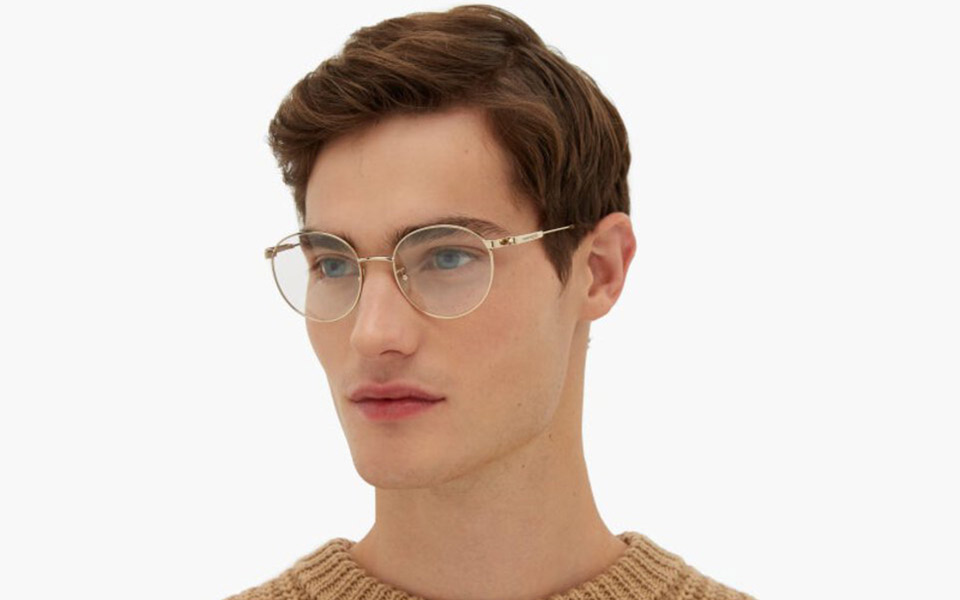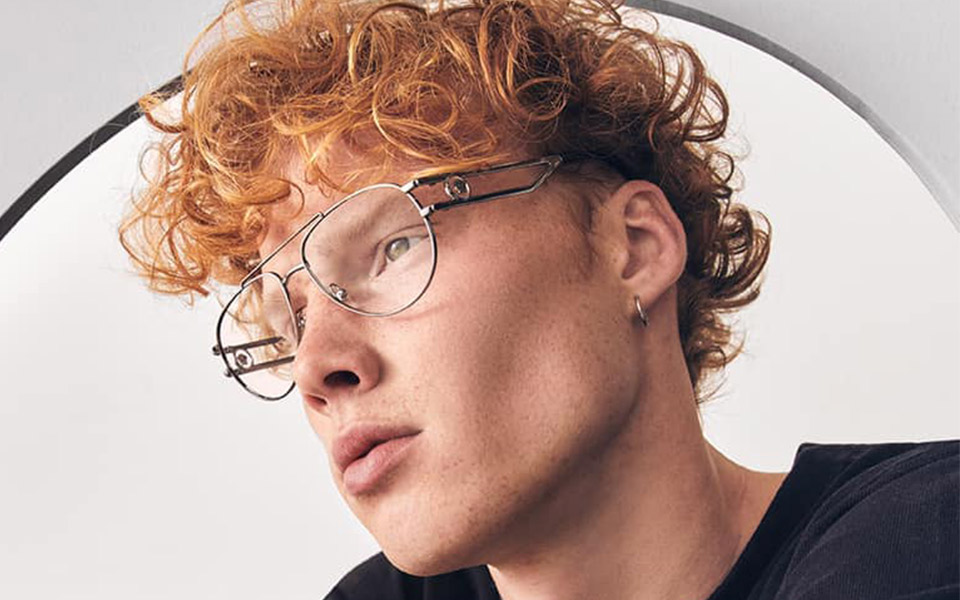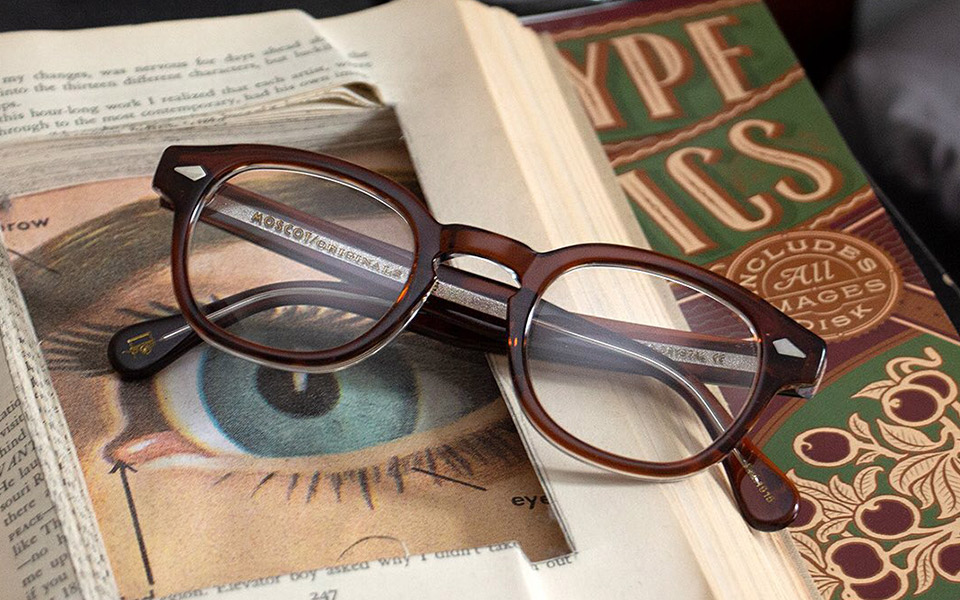You can certainly tell the world a lot about your character just by choosing the right pair of glasses. Whether you’re looking for a neat and sophisticated look to accompany your tailored attire, or bolder, large rims to bring together a more creative ensemble, there’s a lot to consider when choosing the right pair to buy.
Back in the day, we were led to believe that anyone who wore glasses was a geek, the ugly duckling, four-eyes, the social outcast. How times have changed.
Move forward to today and you’ll come across people with perfect 20/20 vision throwing on a pair. Why? Because glasses look so darn good – whilst making you feel stylish and confident.
There are three major things to consider when purchasing your next pair of reading frames, all of which are equally important. Do they complement the shape of your face? Are they practical (nobody wants big, heavy readers)? And are they going to work with what you wear?
Think about what you wear regularly – whether it’s t-shirts, jeans, suits, business attire, casual clothing, etc. – and try to pick glasses that’ll complement your usual ensemble.
Different types of materials used to make glasses
Reading glasses are constructed from a range of materials that depend on the designer’s intended audience, budget, and the anticipated lifestyle of the wearer. Plastic and metal are the most common, but hybrid and natural alternatives are growing in the market.
Acetate Frames
Although acetate is a form of plastic, its omnipresence in eyewear warrants an entry of its own. Acetate is derived from renewable cotton and wood semi-synthetics. Although the process depends on the designer, acetate is usually created by reforming the plastic (through heat or compression) into moulded blocks, then laminating it into sheets that are then hand-cut into frames. Acetate offers a number of benefits to opticians.
They are generally more flexible and can be crafted into different shapes. Acetate frames and stems can be coloured efficiently, which doesn’t corrode with time or sun exposure. Acetate is also hypoallergenic, helping you save face (literally) from the potential embarrassment of a nasty reaction to the frame materials. They might be pricier than other plastics, but they’re universal for damn good reasons.
Plastic Frames
The everyman of eyewear. Plastic frames – made from TR-90, polymer, and other synthetics, are exploding in popularity. These are usually (but not always) created through an injection moulding process. This involves heating the plastic into a liquefied solution, then pouring the plastic into a predetermined set to construct the frame.
This process is quick as lightning and cheaply facilitates mass production. Unlike acetate frames, plastics are sprayed or painted and thus lose their colour easily, especially with robust wear. However, they are favoured for everyday wear as they are lighter than other frames and don’t obliterate any of your spendings account in the process. Plastics are overtaking metal frames on the market for these reasons and their market share has adjusted accordingly.
Metal Frames
Many metal frames are flexible and easily adjustable (such as flexon memory metal and beryllium) and can be combined with acetate to conform to the shape of the wearer’s head. Metal frames also resist corrosion and maintain their colour better than plastic.
They are, however, more expensive than mass-produced cellulose frames, and can pose an allergy risk to susceptible wearers.
Wood Frames
A recent (and trendy) entry on the market, wooden frames sit outside the normal hierarchy of eyewear. Wood frames are lightweight, flattering on most complexions, and ethically sourced. Bamboo frames, for example, don’t require the use of environmentally corrosive products such as plastic or petroleum derivatives, making them an eco-friendly option. Brands that offer these frames also like to remind customers that bamboo is bio-degradable and regenerates quite easily.
Therefore, for environmentally-conscious shoppers, they’re an excellent alternative that is becoming a solid competitor to acetate and metal frames. They can even be lighter than featherweight plastic frames, making them a solid choice for prolonged wear. They are, however, delicate and don’t tolerate the punishment you can subject to metal eyewear to (so don’t sit on them or drop them).
Tortoiseshell Frames
Tortoiseshell frames are advertised everywhere, but there’s more to them than meets the eye. Today, brand descriptions refer to the colour – not the construction itself. Today, ‘Tortoiseshell’ frames are no longer constructed from real tortoiseshells, due to obvious ethical implications. After a prolonged uproar, they’re now made from acetate or other plastic derivatives.
Designers modify the stem and frames through various processes to achieve the artful discolouration and thus replicate the unique patina that made tortoiseshell frames iconic. This provides wearers with the timeless cool of a vintage tortoiseshell frame, without harming innocent sea creatures. Win-win.
Hybrid Frames
As technology rockets towards the future, hybrid frames are taking off. In an attempt to distinguish their collections from the humdrum of mass production, brands are now offering cutting-edge frames from proprietary materials – often blends of plastic, metal, and rubber. However, hybrid frames aren’t for budget shoppers. Due to the manufacturing process and cost of materials, they are usually featured in specialist or luxury collections and might discourage the everyday guy from purchasing them.
Ask yourself if metal or acetate can’t do the job before walking into the optometrist without a decent monetary cushion in your back pocket.
Composition aside, there are a few key styles that never truly leave the market. Your environment and facial structure will, to some extent, determine which style works for you.
With a whole range of different constructions, materials, and price ranges on the market, we’ve rounded up which brands and online retailers offer the best prescription and reading glasses for men that are guaranteed to elevate your style.
Mouqy Eyewear
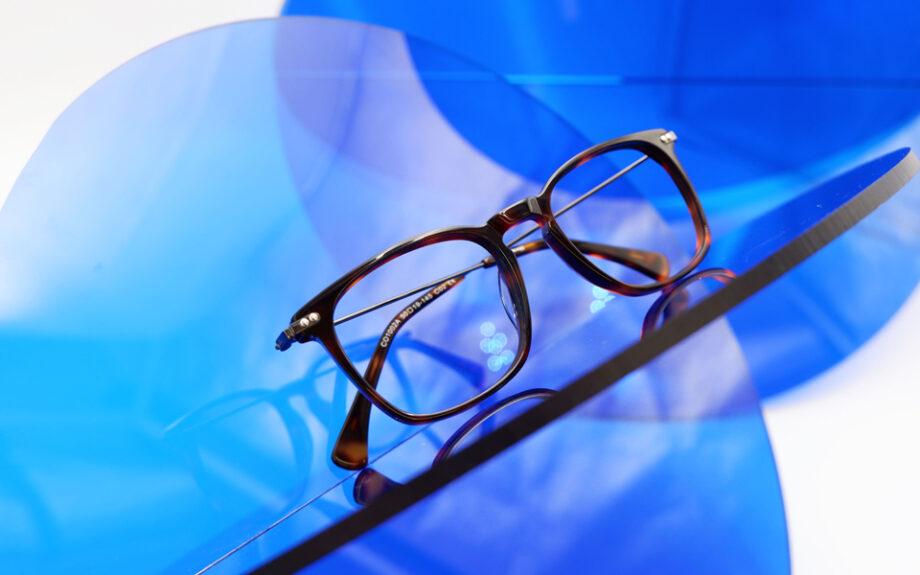 1/14
1/14
Price: From $24
Sizes: XS-L
Mouqy are the fresh new faces in the industry, offering colourful designs that hit that sweet spot between practicality and affordability.
They’ve been making waves with the digital nomad and work-from-home masses, thanks to their focus on real-life wearer needs rather than a fancy designer name. You can fully customize their lenses to suit your lifestyle and digital habits. Their quirky, modern and vintage styles come at surprisingly affordable prices.
‘USE MOUQY DISCOUNT CODE, DMARGE10’
Warby Parker
 2/14
2/14
Price: From $95
Sizes: XS-L
Warby Parker was founded on the belief that great-looking eyewear should be accessible to all and not reserved for those who can afford top-quality frames.
The company’s glasses range comprises a vast selection of frame shapes to keep everyone happy, all of which can be specced with a blue light filter for those who spend their days staring at a computer screen. Warby Parker will also let you select five frames to try at home for free, before sending back the ones you don’t want.
Tom Ford
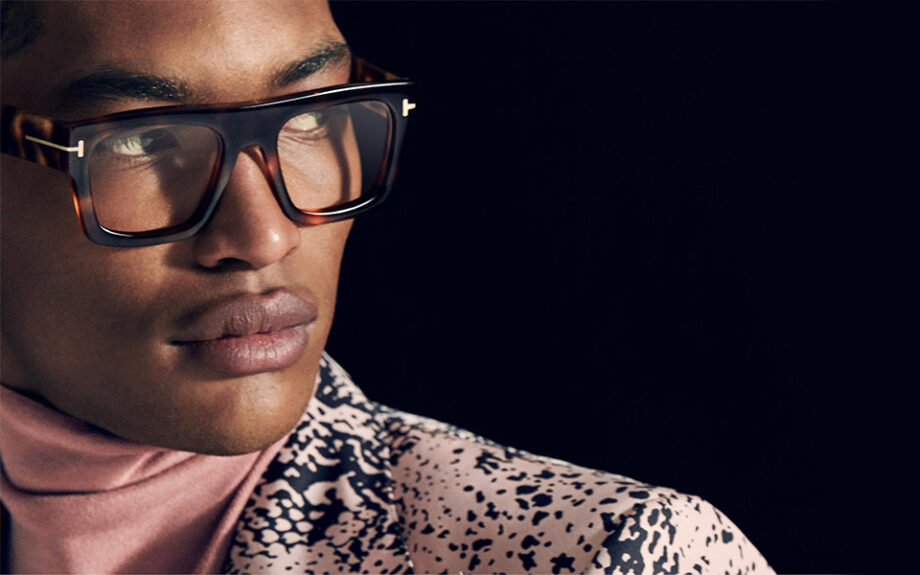 3/14
3/14
Price: From $249
Sizes: S-L
A specialist in making guys look as dapper as possible, Tom Ford’s eyewear collection is suave and sophisticated. Favouring square shaped frames to help accentuate broad, masculine face shapes (don’t worry, you can find round frames too) Tom Ford eyewear does teeter on the more luxurious side of pricing, but with the Ford name, iconic golden ‘T’ branding, and frames that’ll elevate your outfits, the price is worth it.
Oakley
 4/14
4/14
Price: From $152
Sizes: S-L
Chances are you’ve heard of Oakley. Providing quality designs for lifestyle, sport, and just about any other situation you wish to wear glasses, Oakley is constantly reinventing the world of eyewear design.
Their frames are timeless and exude style. Couple that with Oakley’s optical lens innovations and you see why they’ve been at the top for so many years.
Liingo
 5/14
5/14
Price: From $79
Set up in 2016, Liingo is relatively new to the market, but their sleek and on-point designs make it seem like this brand has been around much longer. Both fashionable and functional, Liingo’s classy minimalist designs are produced with premium polycarbonate lenses that are up to 30% thinner than average eyeglasses.
EyeBuyDirect
 6/14
6/14
Price: From $39
Sizes: S-L
EyeBuyDirect’s mantra of “accessible, affordable eyewear” has seen them become a global leader in budget specs with a design edge since 2005. They cater to every demographic, but it’s their classic styles that catch the eye.
Their direct-to-consumer approach allows frames to be much more affordable than most other retailers on this list, and once you’ve chosen a frame design you can input your prescription details before having your glasses mailed to you.
Alexander McQueen
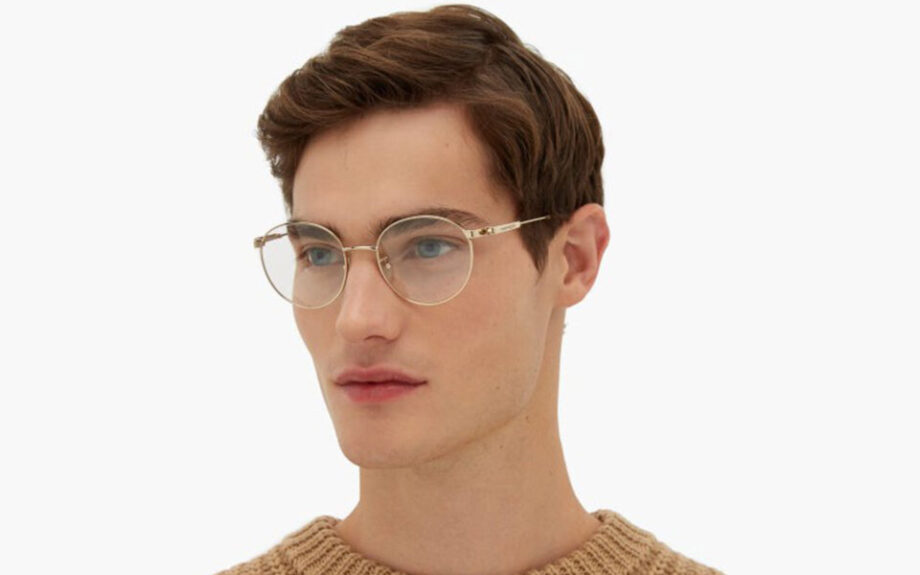 7/14
7/14
Late British fashion designer, Alexander McQueen has always been known for his bold designs that dare to break away from conformity. Now under the direction of co-designer Sarah Burton, the McQueen range of glasses encompasses traditional frame shapes, but for those feeling a little more adventurous, you can opt for slimline pairs or those with bold pops of colour.
Coastal
 8/14
8/14
Price: From $35
Sizes: S-L
What started as a company selling contact lenses eventually morphed into a fully-fledged glasses retailer that puts a strong focus on design and the individuality that comes with it.
Coastal stocks its own exclusive ranges of glasses that are conceived by their own in-house team of designers, but the store also stocks a wide range of established industry names such as Ray Ban and Oakley.
Ray-Ban
 9/14
9/14
Price: From $142
Sizes: S-L
One of the most recognisable names in sunglasses also has an extensive range of eyeglasses. Ray Ban has been responsible for introducing some of the most iconic frame styles since it was founded in 1936; think Wayfarer, Aviator, and Clubmaster.
Those same frame designs can be specced with prescription lenses too, so you can continue to look your stylish self when you step out of the sun.
Persol
 10/14
10/14
Italian eyewear brand Persol was founded in 1917 – making it one of the oldest eyewear companies in the world – and has strong ties to aviation and motor racing. The company has always made sure it uses only the finest quality materials and pays close attention to detail.
Signature styles include the three-notch bridge, improving comfort and fit. Persol is also the brand of choice of ‘The Professor’ from Spanish TV series ‘Money Heist’, and you can pick up the same cool frames for yourself.
Garrett Leight
 11/14
11/14
Price: From $330
Sizes: S-L
Garrett Leight is the son of Oliver Peoples founding member, Larry Leight. An understudy to his father for his formative years, he eventually started making frames under his own name in Venice back in 2011.
Garrett’s designs are much more modern than his old man’s, and his company provides high-end shades for the hip west-coast generation, with stores in LA’s downtown art district and Hayes Valley, San Francisco.
Glasses.com
 12/14
12/14
Price: From $100
Sizes: XS-L
Glasses.com cements itself as a one-stop-shop for all things glasses-related. Not surprising, given the name, but if you’re looking for a collection of frames from some of the biggest brands, you won’t find a larger range elsewhere.
With brands such as Burberry, Gucci, and Ralph Lauren on offer, don’t expect prices to be cheap, but if it’s the affordable route you want to take, Glasses.com has its own collection of contemporary frames.
Cutler and Gross
 13/14
13/14
Price: From $244
Sizes: S-L
Independent British luxury eyewear brand Cutler and Gross make glasses that demand attention. Founded in 1969, Cutler and Gross is often regarded as being one of the labels to make eyewear an accessory, rather than just a necessity for those with bad vision.
Their classic thick black rims have since become renowned all over the world, yet designs have always remained unequivocally British. Although if you really want a frame that is unique and personable, you can venture into one of their boutiques to create your own custom pair.
Moscot
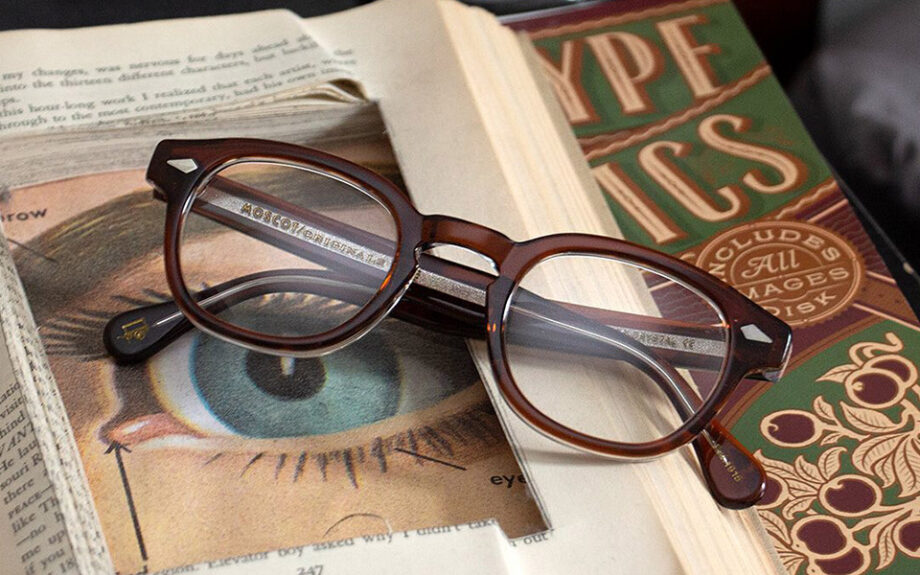 14/14
14/14
New York institution Moscot has been making eyewear for over 100 years. Coupling well-refined aesthetics with unequivocal craftsmanship, their designs have become synonymous with the mugs of Andy Warhol, Woody Allen, and James Dean. Now a fashion powerhouse, they are still, at heart, an downtown neighbourhood optician!
